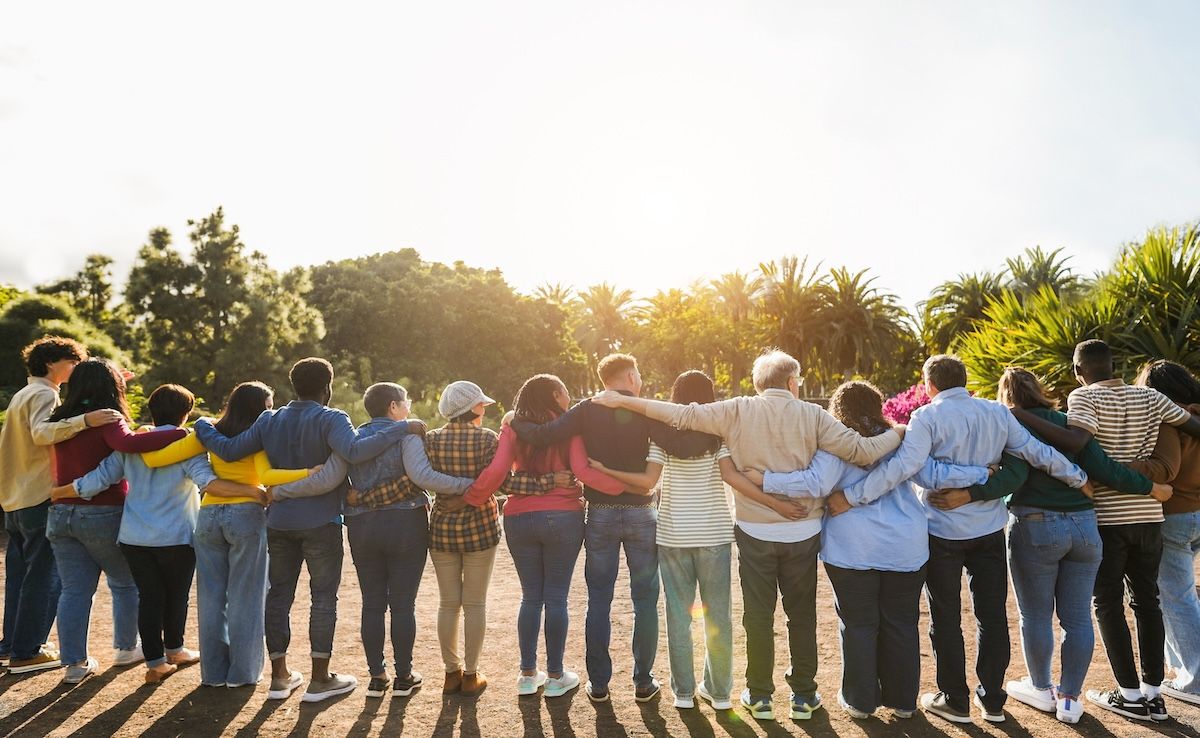Article
5 Vulnerable Populations in Healthcare
Author(s):
For vulnerable populations, their health and healthcare issues may be exacerbated by social factors. Here are just 5 vulnerable populations who experience greater risk factors, worse access to care, and increased morbidity and mortality compared with the general population.
In the United States, significant disparities exist in healthcare for vulnerable populations. There are a number of groups that are considered vulnerable populations, including racial and ethnic minorities, the economically disadvantaged, and those with chronic health conditions.
For vulnerable populations, their health and healthcare issues may be exacerbated by social factors. Here are just 5 vulnerable populations who experience greater risk factors, worse access to care, and increased morbidity and mortality compared with the general population.
1. Chronically ill and disabled
People with chronic diseases are at risk of poor health outcomes and they, obviously, consume more healthcare dollars than healthy individuals. The chronically ill are twice as likely to report poor health days as the general population.
Disabled individuals, like the chronically ill, usually have many interactions with the health system, but, due to their disability, they may have difficulty accessing care. The chronically ill and the disabled may face special challenges in obtaining services.
2. Low-income and/or homeless individuals
In general, low-income individuals are more likely to have chronic illnesses, and the impact of those illnesses can be more severe. People with low incomes are also disproportionately racial and ethnic minorities. Being low-income, they may be less likely to have coverage and, as a result, have less interaction with the healthcare system, explained Pamela Riley, MD, MPH, vice president of delivery system reform at The Commonwealth Fund.
People with lower incomes are also more likely to have co-occurring conditions—meaning they might have behavioral health issues, such as depression or substance use problems, as well as chronic medical conditions like obesity or diabetes.
Since people experiencing homelessness may not have a safe place to stay, they are at an increased risk for adverse health-related outcomes. In 2017, the US Department of Housing and Urban Development reported that almost 554,000 people in the country were homeless on a single night. These individuals are less likely to have a regular source of care and more likely to forgo care. In addition, it’s difficult to reach homeless individuals because they can often feel stigmatized or unwelcome, according to a 2013 study in The American Journal of Public Health.
3. Certain geographical communities
Americans living in rural areas often have worse health than the general population. The reason for this disparity is that rural populations experience geographic isolation, have a lower socioeconomic status, have limited job opportunities, and tend to be older.
Exacerbating these issues in rural communities is the fact that this population has trouble accessing care. The New York Times reported that people in rural America, especially pregnant women, are far from care. In addition to the fact that 85 rural hospitals have closed since 2010, fewer than half of rural counties have a hospital offering obstetric care.
Native Americans living on reservations are also vulnerable. The Indian Health Service has noted that “American Indian and Alaska Native people have long experience lower health status when compared with other Americans.” They have lower life expectancy (5.5 years less than the all-races population) and their inadequate education, higher poverty rates, and cultural differences have also led to a disproportionate disease burden.
Native Americans also have issues accessing care, partly because their health programs are underfunded, but also because one-fourth of Native Americans have reported experiencing discrimination when they do go to the doctor or a health clinic, NPR reported.
4. LGBTQ+ population
Nearly 1 in 5 members of the LGBTQ community has avoided seeking medical care because they have faced or fear facing discrimination. Within the LGBTQ community, there are also significant racial differences. For instance, black transgender women are disproportionately burdened with HIV.
Healthy People 2020 reported that discrimination against LGBTQ people is associated with higher rates of psychiatric disorders, substance abuse, and suicide. Some of the social determinants that affect the health of the LGBTQ community include discrimination in access to safe housing and a shortage of healthcare providers who are knowledgeable and culturally competent in LGBTQ health.
A recent study has found that people who presented as transgender or gender nonconforming before their 18th birthday have a higher prevalence of mental health conditions, including anxiety, depression, and attention-deficit disorders compared with cisgender counterparts.
5. The very young and very old
The American Public Health Association has focused on how climate change affects vulnerable populations like children, who have developing organs, low immunity, spend more time outdoors, and breathe more air and drink more water per body weight than adults. In addition, there has been a lack of adequate pediatric research and testing of medical interventions with pediatric populations. Children respond different to medicines and interventions than adults and cannot just be viewed as “small adults” in the healthcare setting.
Similarly, older adults are more vulnerable to health issues since they also have low immunity and often numerous medical conditions. A RAND study found that the elderly don’t always receive the care recommended for them, such as preventive care.





